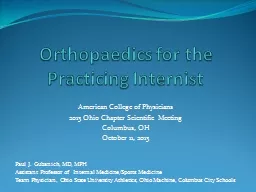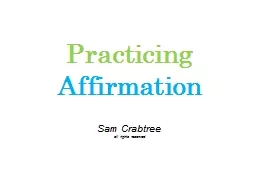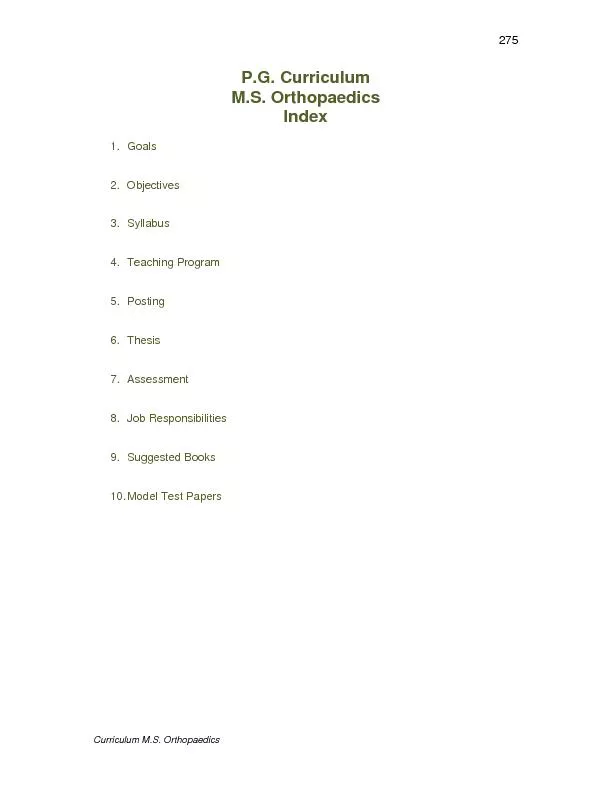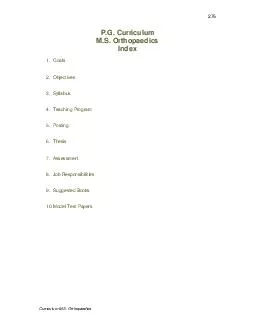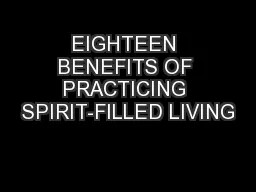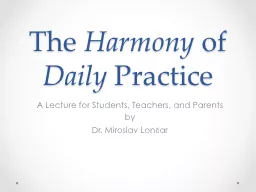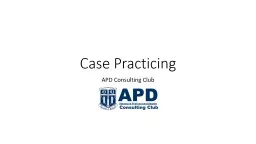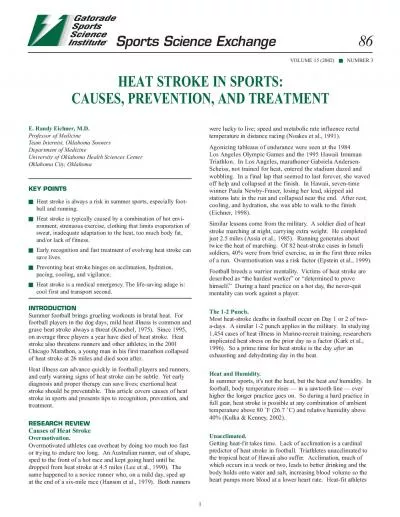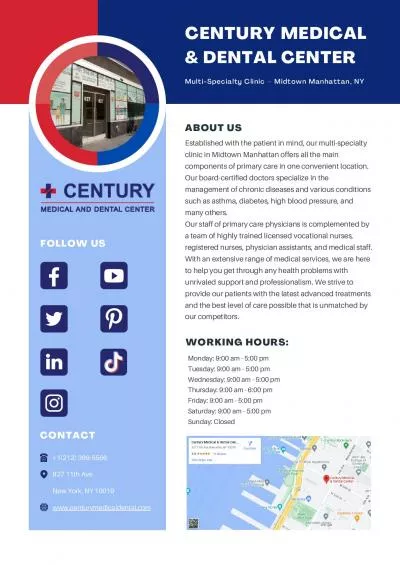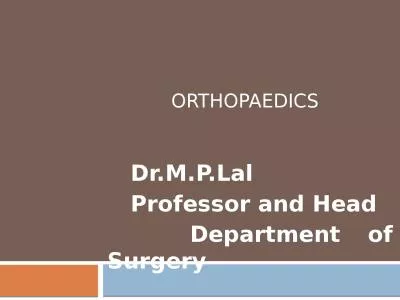PPT-Orthopaedics for the Practicing Internist
Author : calandra-battersby | Published Date : 2018-10-06
American College of Physicians 2013 Ohio Chapter Scientific Meeting Columbus OH October 11 2013 Paul J Gubanich MD MPH Assistant Professor of Internal MedicineSports
Presentation Embed Code
Download Presentation
Download Presentation The PPT/PDF document "Orthopaedics for the Practicing Interni..." is the property of its rightful owner. Permission is granted to download and print the materials on this website for personal, non-commercial use only, and to display it on your personal computer provided you do not modify the materials and that you retain all copyright notices contained in the materials. By downloading content from our website, you accept the terms of this agreement.
Orthopaedics for the Practicing Internist: Transcript
Download Rules Of Document
"Orthopaedics for the Practicing Internist"The content belongs to its owner. You may download and print it for personal use, without modification, and keep all copyright notices. By downloading, you agree to these terms.
Related Documents

